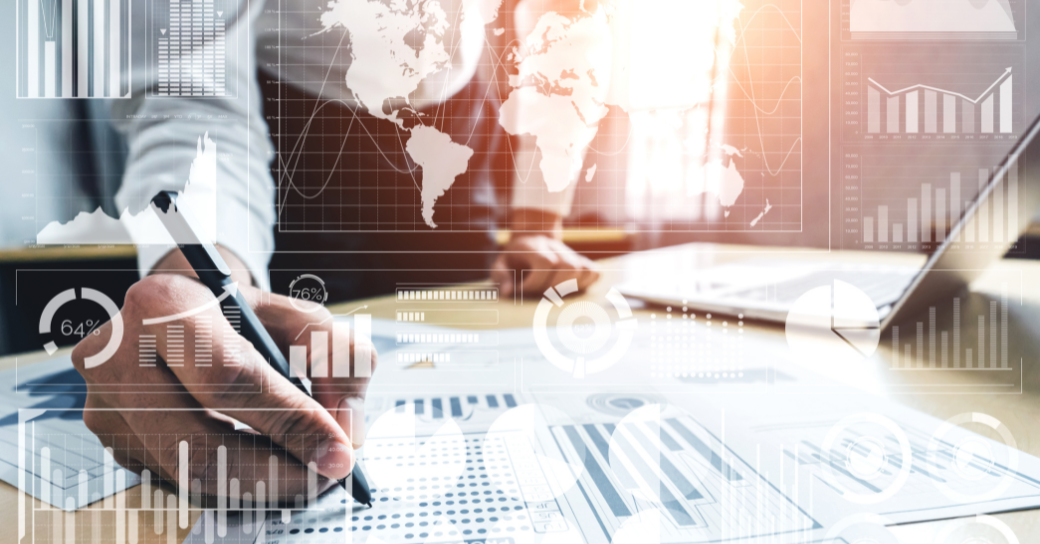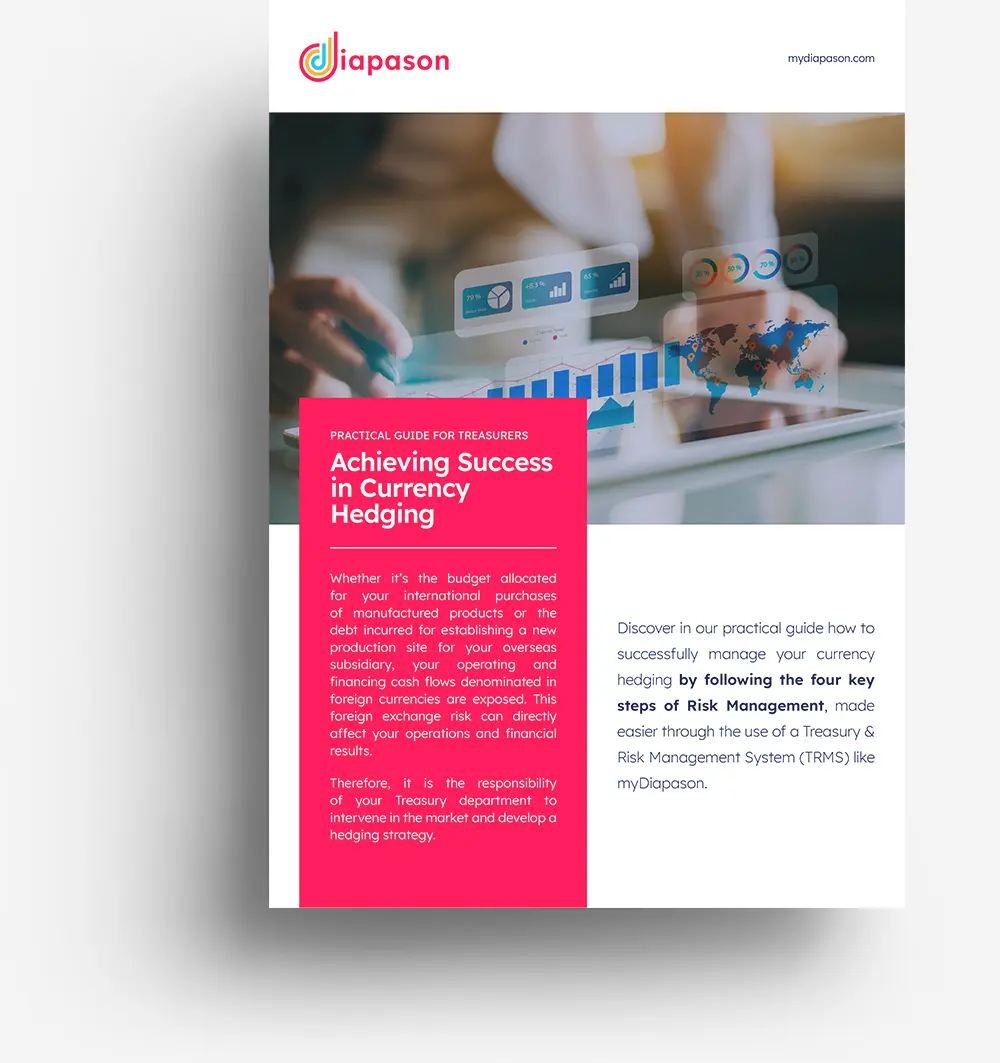Treasurers, You Will Not Escape the Digitization of Your Function. It Is Better to Familiarize Yourself with It and Understand Its Issues in Order to Benefit from It Rather Than to Suffer from It.
Before delving into this topic, it is important to define what these new digital technologies are that are starting to emerge in treasuries.
APIs, which are often mentioned in the context of Open Banking, are not actually new technologies. They are simply real-time interfaces that facilitate the exchange of data between banks and businesses.
On the other hand, Data Analytics, Artificial Intelligence (AI), Robotic Process Automation (RPA), and Blockchain are truly disruptive new technologies that treasurers must learn about to understand how they will evolve their profession and processes.
A Brief Review of New Technologies for Digitizing Treasuries
A Brief Review of New Technologies for Digitizing Treasuries
Data Analytics can be seen as the natural evolution of what was once called Business Intelligence. It combines access to multiple sources of information storage (Data Lakes), the ability to turn heterogeneous data into analyzable data (for example, translating data from natural language into data that can be categorized), and finally, Data Visualization tools. If you read the daily press, you may have noticed how the quality of infographics has improved in recent years, using new types of tools (whose ancestor would be Excel graphs).
Artificial Intelligence can be summarized as the combination of the power of algorithms and machine learning, again using increasingly large databases (hence the concept of Big Data).
Robotic Process Automation is the replacement of a human by a machine (a program) to perform repetitive tasks, particularly those where a human interacts with software.
And finally, Blockchain, a technology that offers speed of transaction, anonymized, decentralized and secure storage.
Technologies Already in Operation to Support Treasurers
By following the daily routine of a treasurer, it is possible to illustrate how they can use these new technologies:
The day begins with the collection of data through RPA (bank communication, interfaces with other systems, automatic reconciliations, activation of APIs, etc.). Data Analytics transforms, validates, and aggregates all this data and presents it by making recommendations (such as the cash needs of each business unit). Artificial Intelligence identifies any anomalies (fraud, delays, errors) and validates the relevance of cash forecasts over a long period.
The day continues, and digital technology continues its work: real-time updates of data and exchanges with other internal or external systems (RPA), analysis, and proposals of hedging strategies (AI) presented for discussion and approval to the responsible/validating parties (Data Analytics). Payments/receipts are made instantly (Blockchain), deals are stored and accessible to everyone (the Smart Contracts function of Blockchain).
AI studies each of the involved parties both for their rating and to determine if they are the best possible counterparty for a deal.
And so, the treasurer’s day continues with their digital tools.
The Expected Benefits of Digital Tools
The expected benefits of digital tools are multiple, but of course, it is the gains related to cash forecasting that are most anticipated by treasurers and CFOs. More reliable cash forecasts, with a comprehensive scope and a longer time horizon, enable them to improve working capital yield. Savings are also expected, particularly through increased productivity and better combating cyber fraud, which has become the bane of treasurers.
But perhaps more important than these “quantitative” gains, what treasurers can hope for from the implementation of these technologies is a “qualitative” gain. All studies on this subject show that treasurers want an evolution of their role both within the Finance Department and within the organization as a whole. Digitalization allows them to become a driving force in proposing, for example, the Risk Management policy. It also offers a lever to become a legitimate and credible partner of other departments. Thus, they can work with Sales or Marketing to propose innovative payment solutions (dematerialization, reconciliation of Points of Sale and Points of Payment thanks to innovative Fintech solutions) or – thanks to the analysis of payment behaviors of subscribers to a service – propose solutions to increase loyalty and revenue per user.
Facing the Digital, the Treasurer is not Alone
First, the treasurer has a team and this team must also become “digitized”. Treasury assistants must now be trained to understand and integrate new technologies, not just for use, but for actual exploitation. With technology freeing up repetitive tasks and allowing for better forecasting and analysis, the Treasury team must become a force for proposing strategic evolutions and innovative solutions to partner business units. For this, the treasurer must anticipate the training that he or she will need to offer the team.
Second, the treasurer must take into account external partners to the organization, such as banks and technology providers, including Fintech. They must understand that the former are proposing innovative services based on tools developed by the latter. As a result, the treasurer is at the heart of what will be tomorrow’s Cash Management, which is a rather attractive opportunity for them.
Conclusion
Treasurers have already experienced many technological revolutions in recent years: bank communication, software programs, interfaces, ERPs, digitization. They have learned that their profession increasingly relies on technology. These revolutions were mainly of a productive, quantitative interest. The digital age is a disruption because if they understand it and know how to use it, it will be a real tool for them to further establish the Treasury function as a strategic component of their company.
About the Author
Frédéric Saunier, Chief Executive Officer
With over 25 years of expertise in financial services, Frédéric Saunier advises Diapason’s clients on the digitalization of their financial departments. As an expert in Artificial Intelligence, Blockchain, Financial Flow Security, and Sustainable Development (ESG), Frédéric shares his knowledge through his articles.









